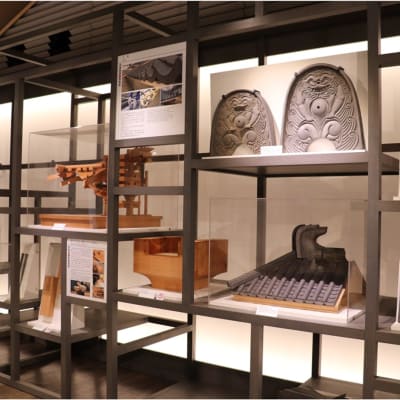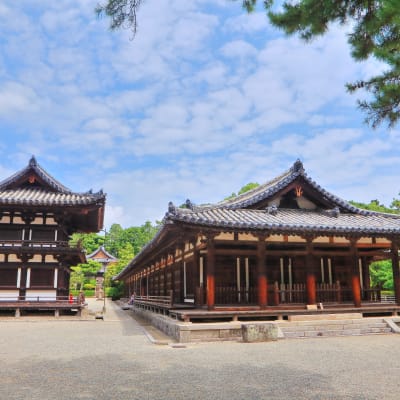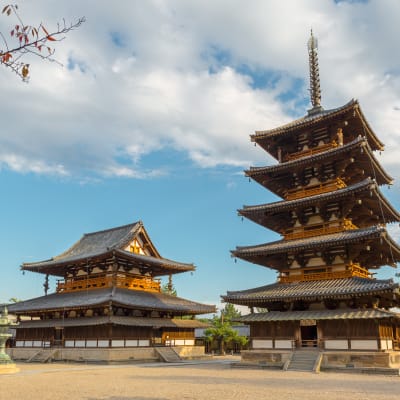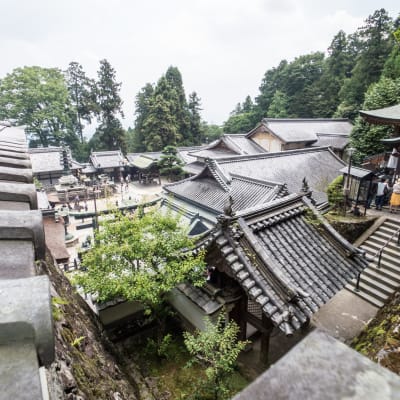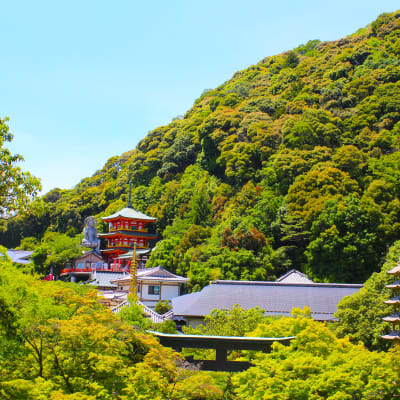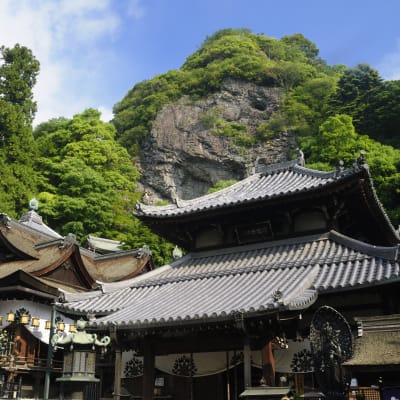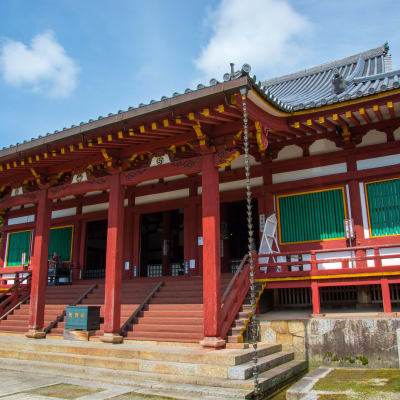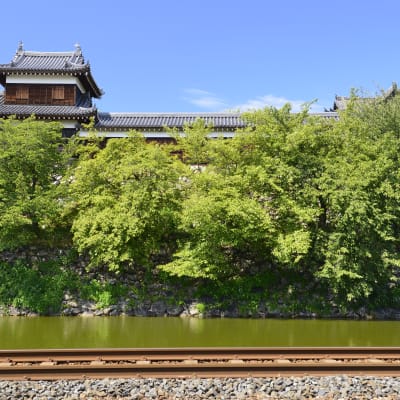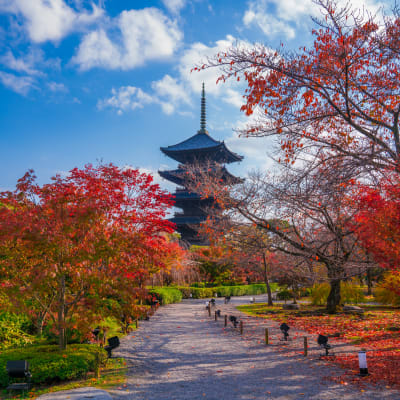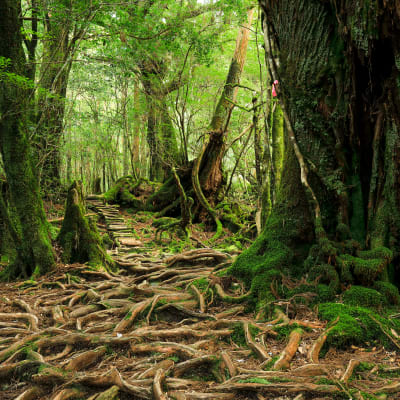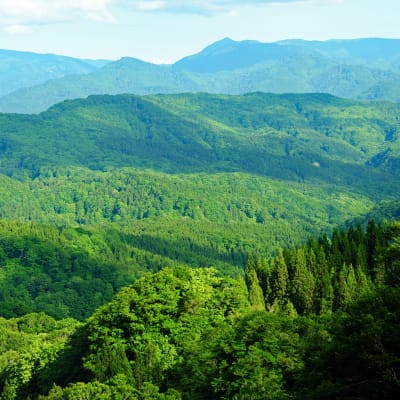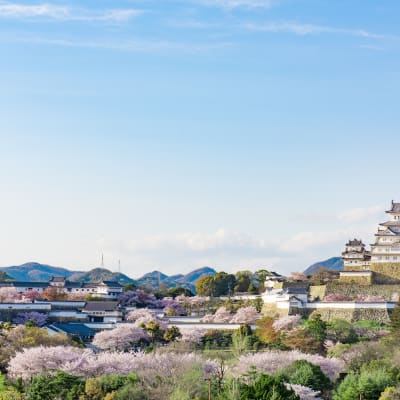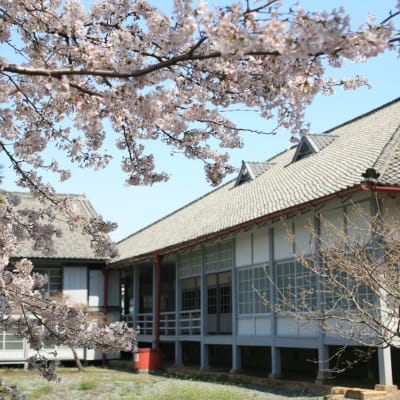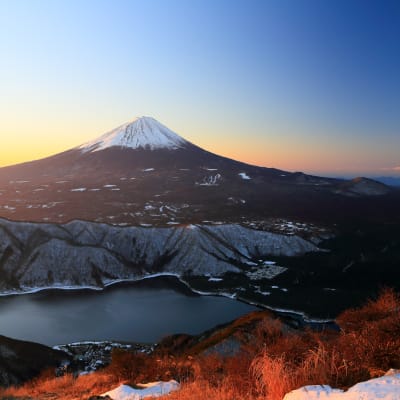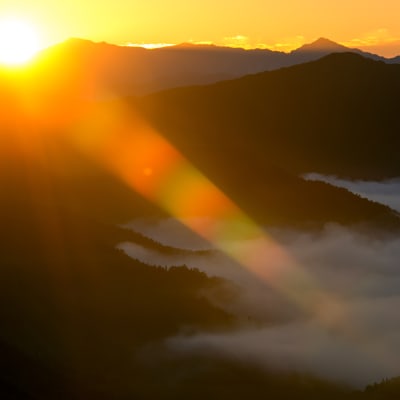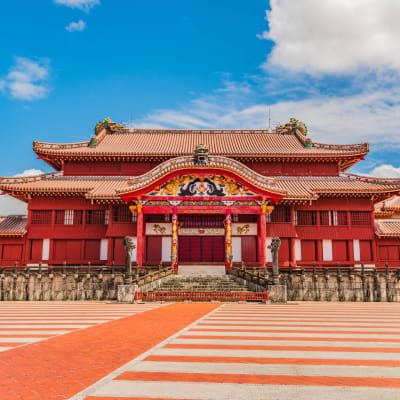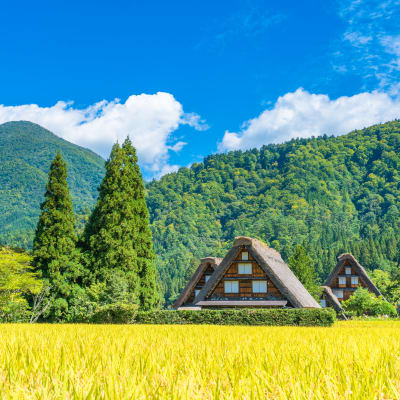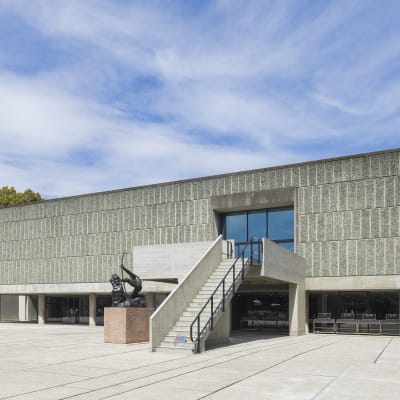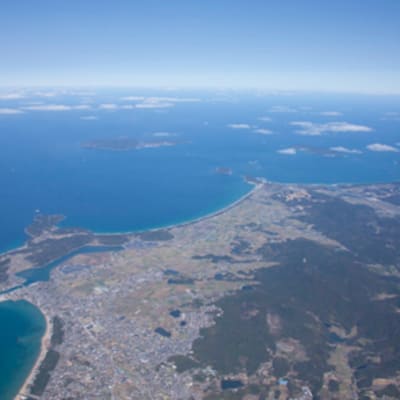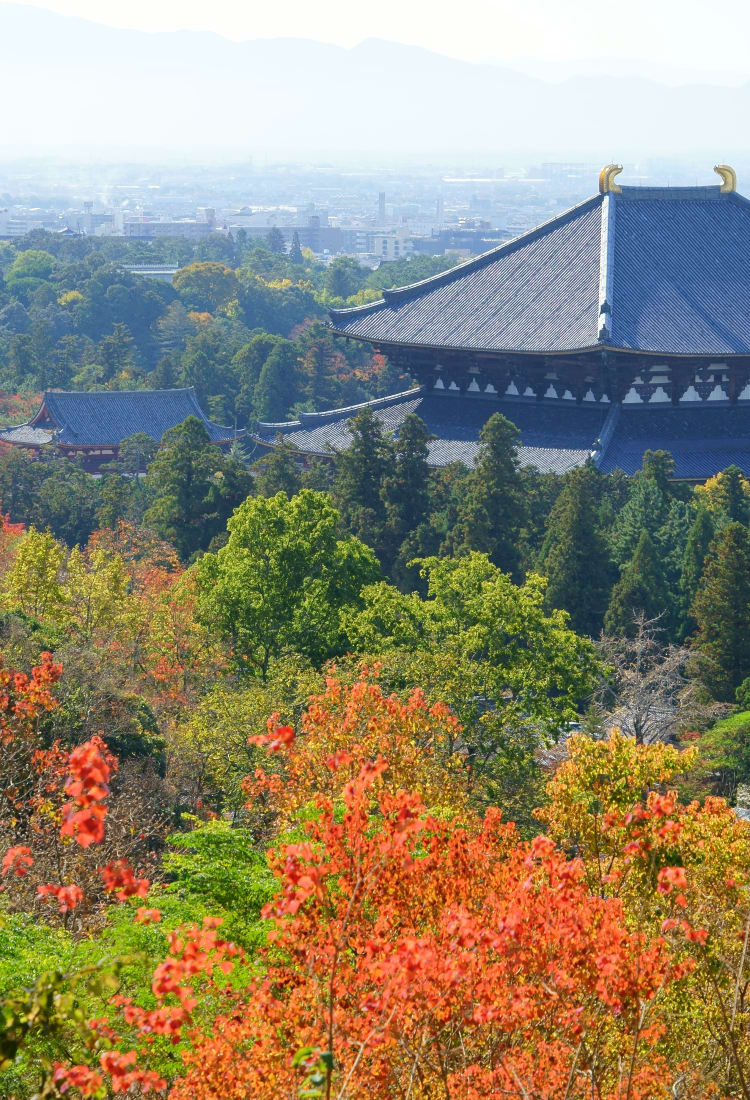

The Historic Monuments of Ancient Nara (UNESCO) Spiritual structures of Japan's old capital
Explore Japan's oldest capital, where you'll find ancient temples, friendly deer, and an enormous statue of Buddha
Located in Nara , 30 minutes east of Osaka , the Historic Monuments of Ancient Nara comprise numerous temples, shrines, palaces, and a primeval forest. Enjoy a walk through the expansive parks and temple grounds, where you'll feel as though you've been transported to the 8th century.
Highlights
- Marveling at the Great Buddha at Daibutsuden—the famed symbol of Nara
- Visiting Heijo Palace, the center of Japanese authority in the 8th century
- Hiking through the Kasugayama Primeval Forest

Learn about the role that Buddhism played in shaping Japanese society
Nara served as the capital of Japan between 710 to 784, with the emperor residing at Heijo Palace . Today, the area is known for its monuments and temples showcasing the immaculate architecture of the time. The property is made up of six temples and shrines (Todaiji Temple , Kasuga Taisha Shrine , Kofukuji Temple , Yakushiji Temple , Toshodaiji Temple , Gangoji Temple ), the former imperial palace, and the Kasugayama Primeval Forest. Exploring these sites will give you a glimpse into the supreme role that Buddhism played in Japan and its close connection to the imperial government at the time.

Witness a towering Buddha sitting inside a massive wooden hall
Arguably the most famous monument in Nara is the Great Buddha at Todaiji Temple. This 14.98-meter-high bronze statue depicts the Vairocana Buddha (the Buddha of light) and is housed within the main hall of the temple, which is the largest extant wooden structure in the world. Built by Emperor Shomu (724-749), Todaiji Temple is a must-see destination for both Japanese and overseas travelers.
His pose of holding up the palm of his right hand to the front while placing his left hand on his knee with the palm upwards means that he gives strength to the people with his right hand while promising to grant their wishes with his left. The main body of the Buddha has been repaired many times over the years, but the lotus petal part used as the foundation and both kneecaps are as they were when first made.
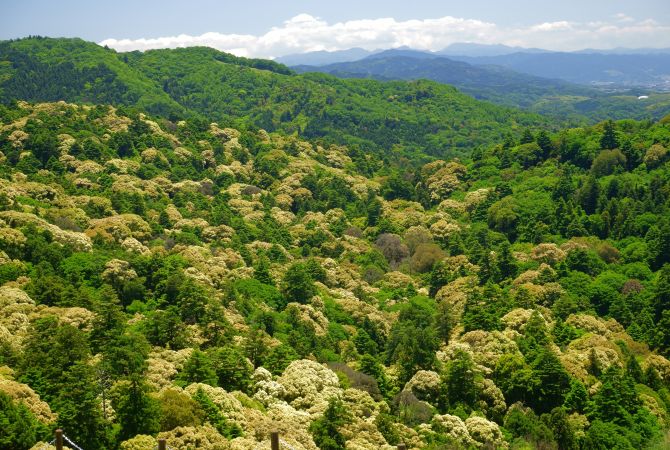

Explore the extensive grounds and surrounding forests
There is no shortage of monuments to see in the area, which include the eastern pagoda at Yakushiji Temple , the statue of Ganjinwajo at Toshodaiji Temple , the main sanctuary of Kasuga Taisha Shrine , and the five-storied pagoda of Kofukuji Temple . Hikers and trekkers will also enjoy the 10-kilometer trail through the Kasugayama Primeval Forest, whose nature has remained untouched for centuries.
How to Get There
From Tokyo, take the Tokaido-Sanyo Shinkansen to Kyoto Station. Transfer to the Kintetsu-Kyoto Line and ride the express train to Kintetsu-Nara Station. From there, you can walk or take a taxi to the surrounding sites.





















































